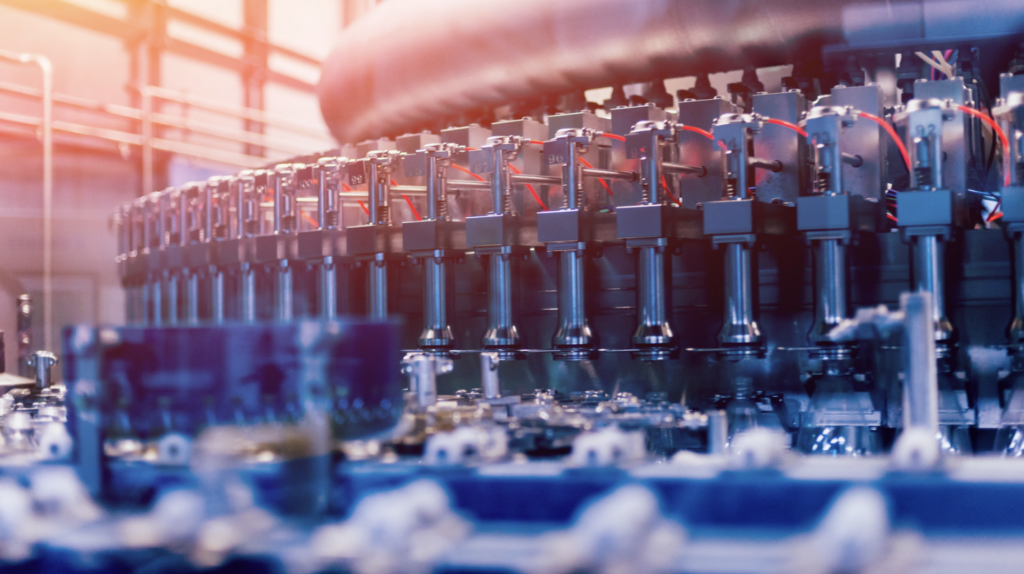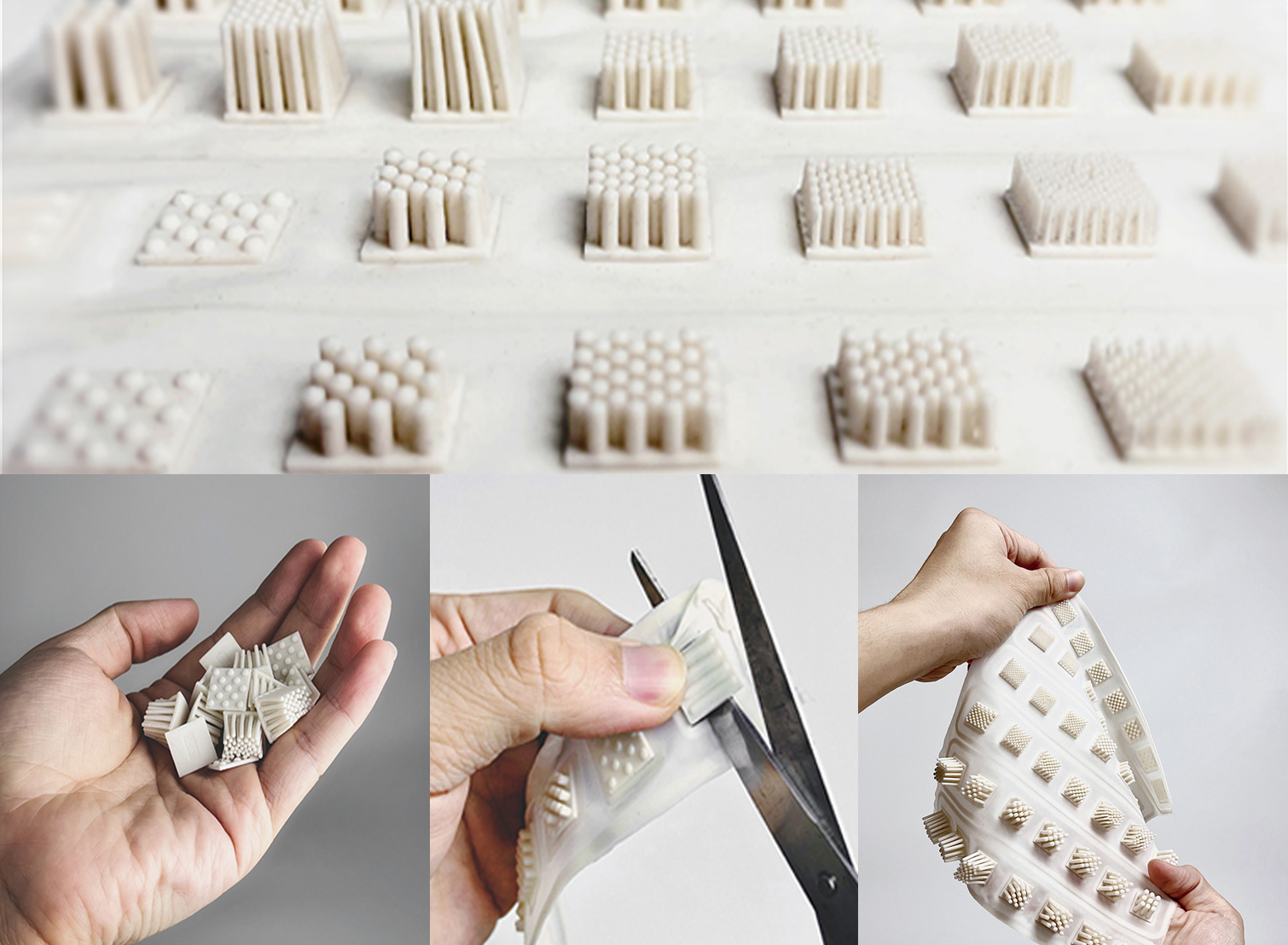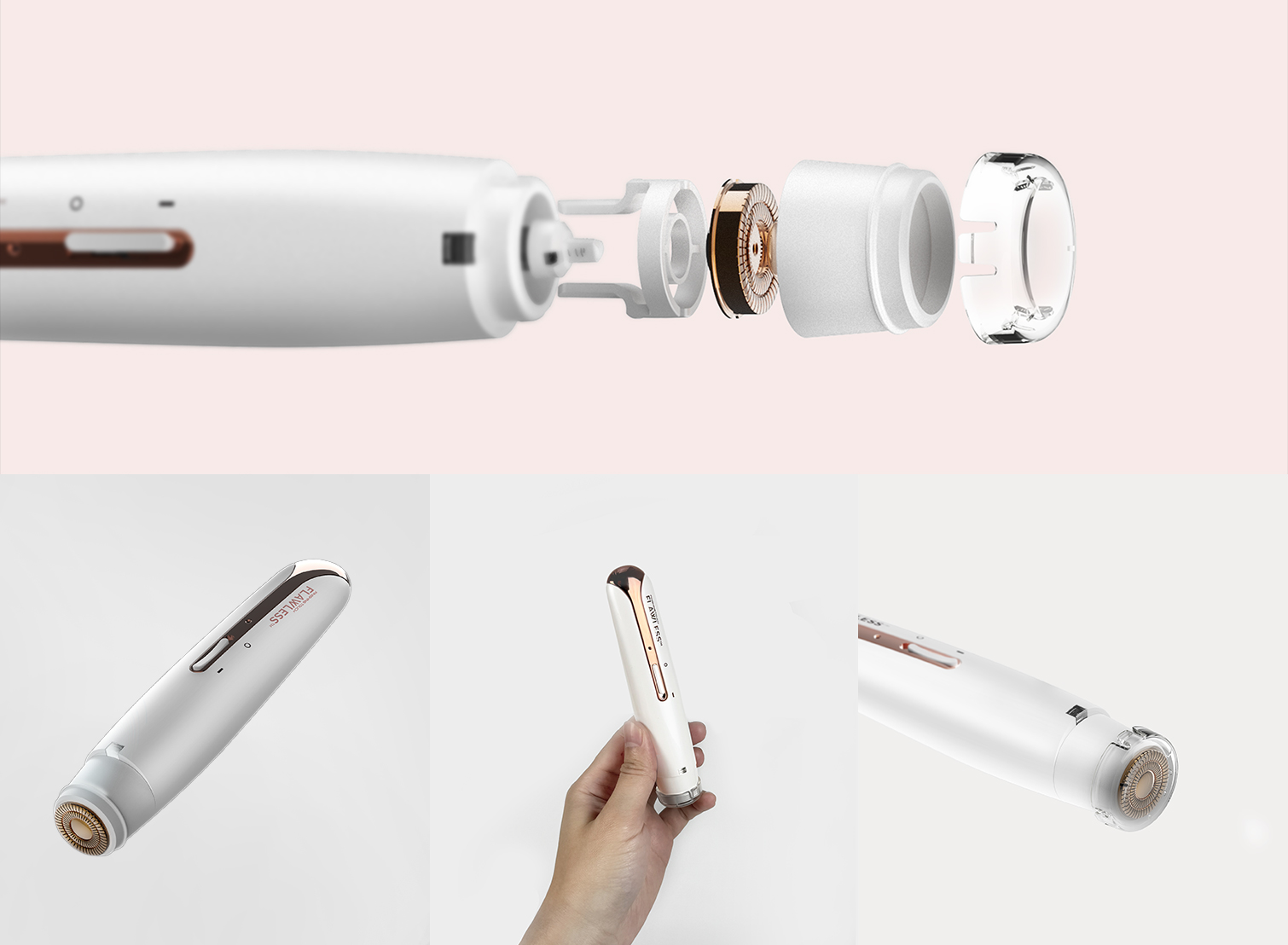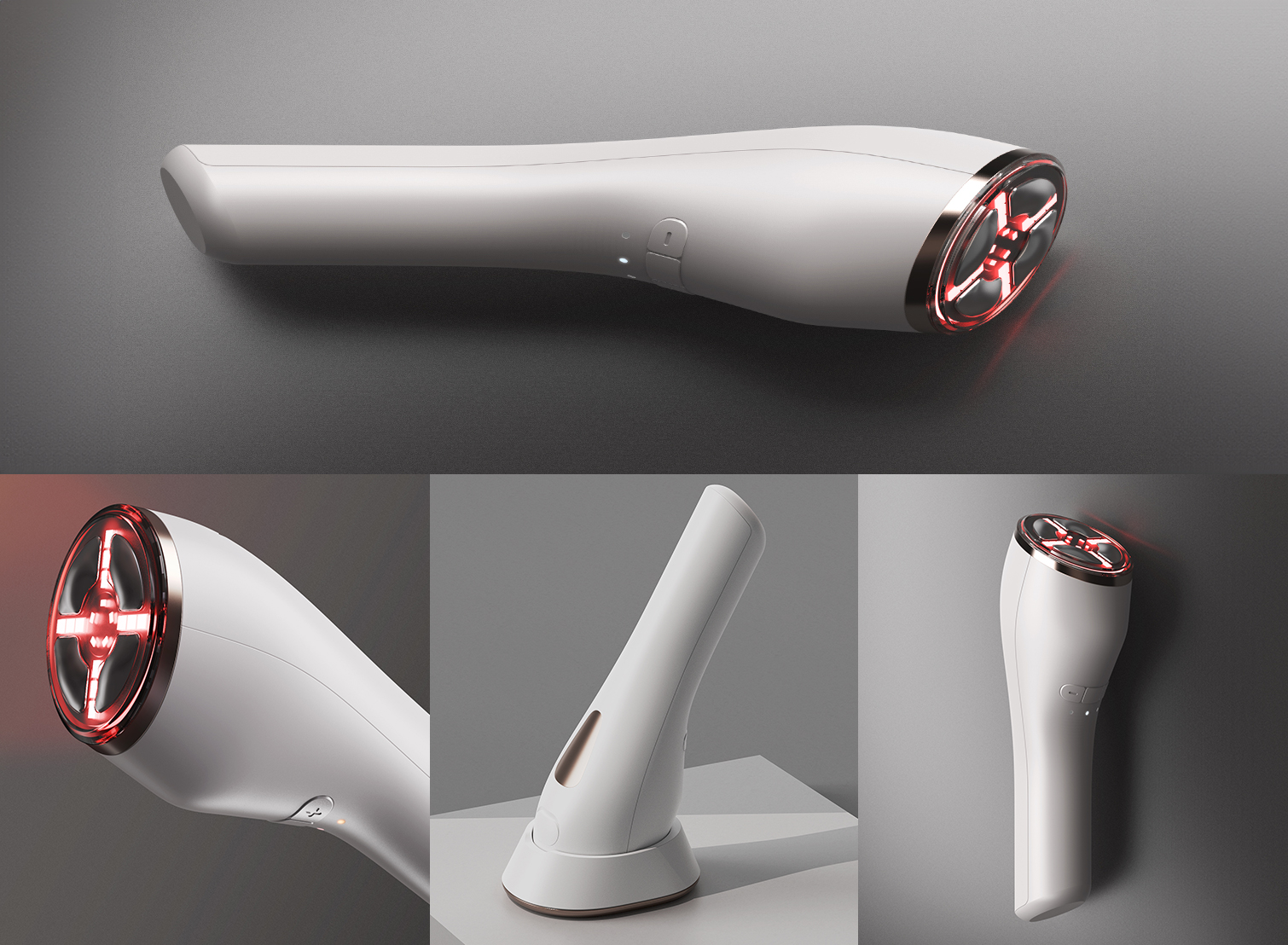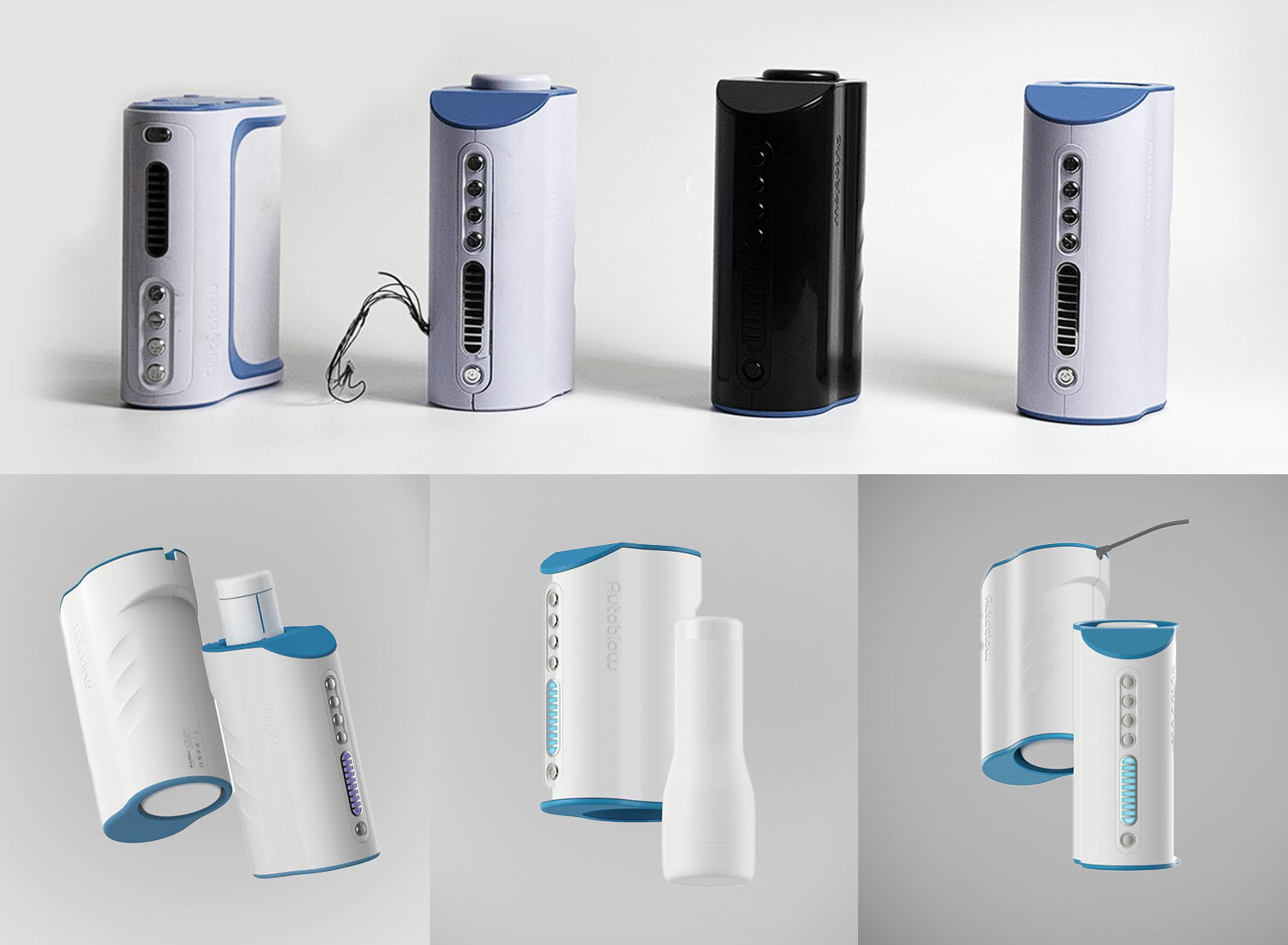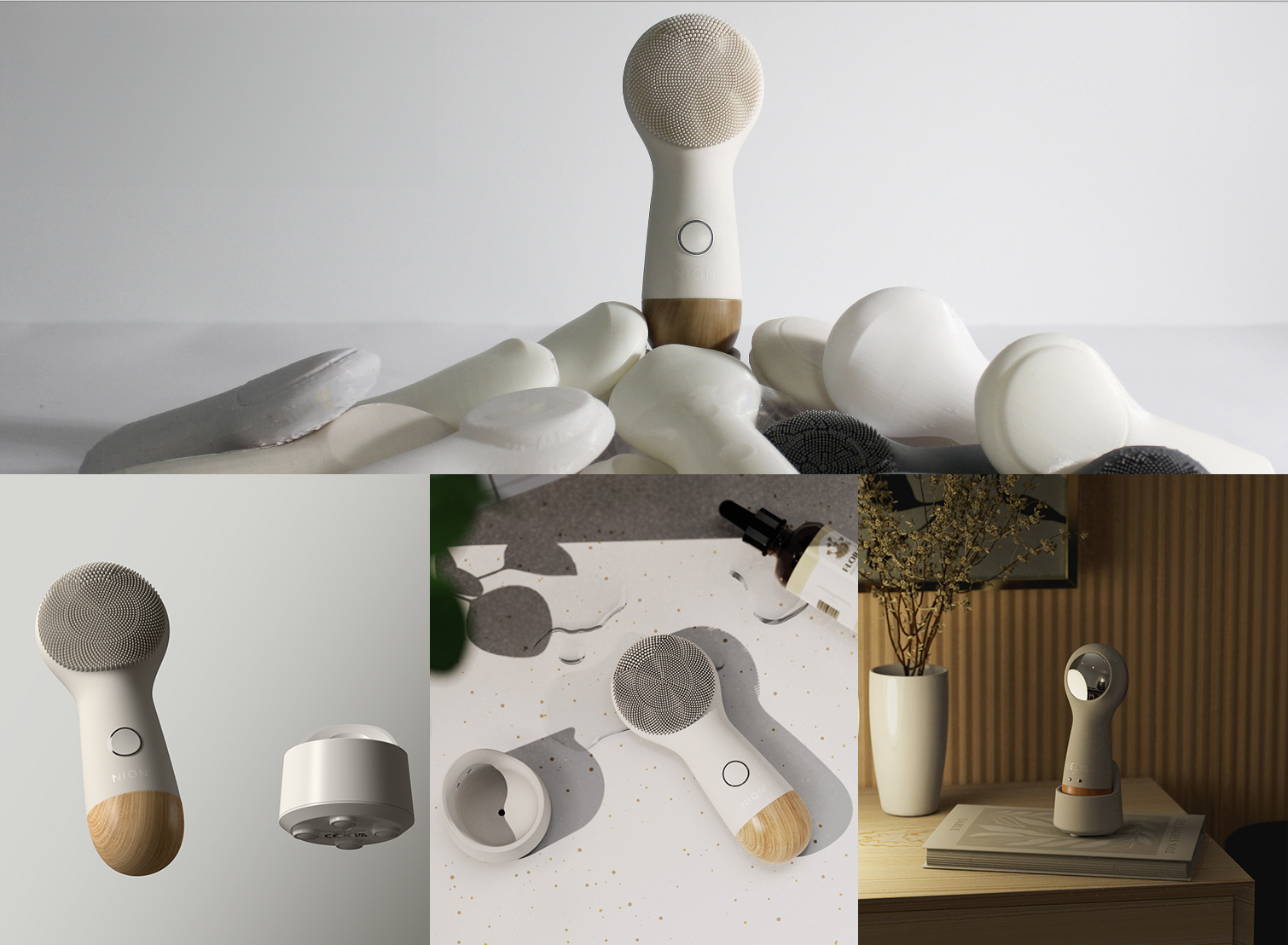Plastics play a pivotal role in today’s evolving landscape of design and manufacturing. Their adaptability, durability, and cost-effectiveness make them indispensable across various industries, from automotive and electronics to food packaging and construction. But what are the different types of plastics, and why are they so essential from a design and manufacturing perspective?
Key Types of Plastics and Their Applications
Polyethylene (PE)
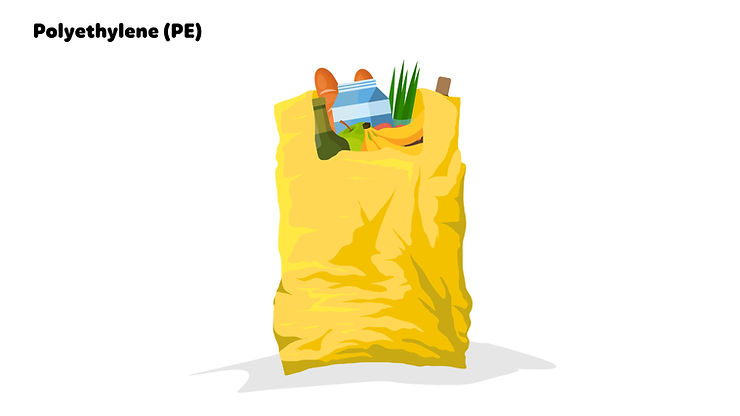
- Role: A staple in packaging, bottles, toys, and much more.
- Manufacturing Process: Involves polymerization of ethylene. There are different grades, such as LDPE and HDPE, each with its unique process. High pressures and temperatures with free-radical initiators create LDPE, while Ziegler-Natta catalysts at lower pressures and temperatures produce HDPE.
- Combinability: PE variants can blend to harness both their unique strengths.
- Example: Films for packaging combine different PE types for optimal characteristics.
- Pros: Lightweight, chemically resistant, highly flexible.
- Cons: Susceptible to UV degradation, less heat resistant.
- For Inventors: Ideal if you’re aiming to develop lightweight packaging solutions, child-safe toys, or flexible containers.
Polypropylene (PP)
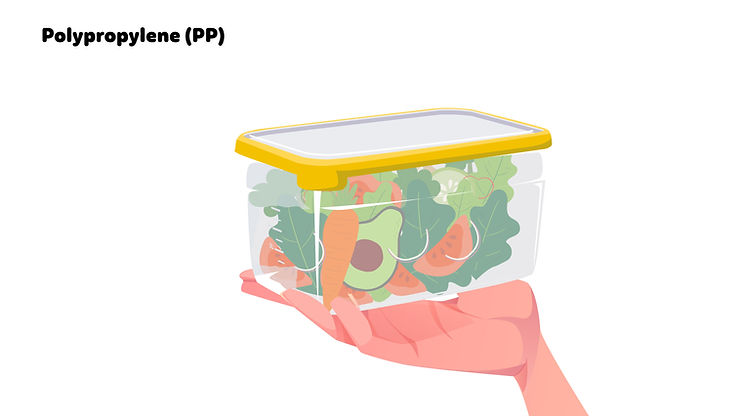
- Role: Dominant in automotive parts, containers, and textiles.
- Manufacturing Process: PP is crafted by polymerizing propylene, generally using a catalyst. It can be oriented to enhance strength or crystallinity.
- Combinability: Often paired with other polymers to elevate its attributes.
- Example: Automotive applications like bumpers employ PP-elastomer blends.
- Pros: Excellent tensile strength, high melting point, chemically inert.
- Cons: Can be brittle, especially in cold environments.
- For Inventors: A top pick if you’re venturing into automotive component design, reusable containers, or durable textile products.
Polyvinyl Chloride (PVC)
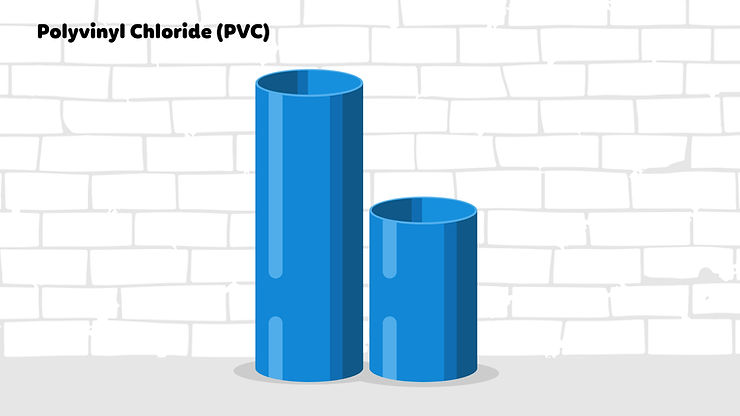
- Role: A favorite for pipes, wire insulation, and profiles.
- Manufacturing Process: PVC is produced via radical polymerization of vinyl chloride. The process is temperature-sensitive, with the polymer’s structure varying based on conditions.
- Combinability: Frequently combined with plasticizers to amplify its flexibility.
- Example: For wire coatings, flexible PVC is preferred.
- Pros: Highly versatile, durable, chemically stable.
- Cons: The environmental impact of its chlorine content, especially when burned.
- For Inventors: Perfect for those looking to innovate in plumbing, wire insulation, or outdoor profiles that demand longevity.
Expanded Polystyrene (EPS)
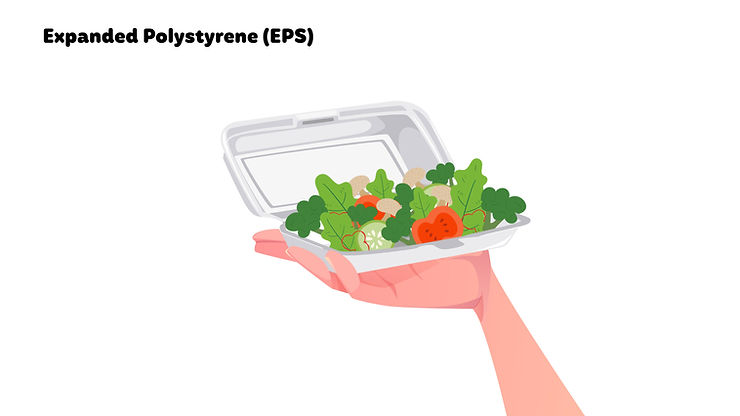
- Role: Ubiquitous in food packaging, insulation, and more.
- Manufacturing Process: PS emerges from the polymerization of styrene monomers. EPS, on the other hand, involves expanding PS granules with steam.
- Combinability: Blends well with other materials for modified properties.
- Example: HIPS (High-impact polystyrene) combines PS with polybutadiene for toughness.
- Pros: Cost-effective, easy to shape and mold.
- Cons: Brittle in its pure form, environmental concerns with degradation.
- For Inventors: Suited for food packaging solutions, insulation products, or anything requiring cost-effective molding.
Polyethylene Terephthalate (PET)
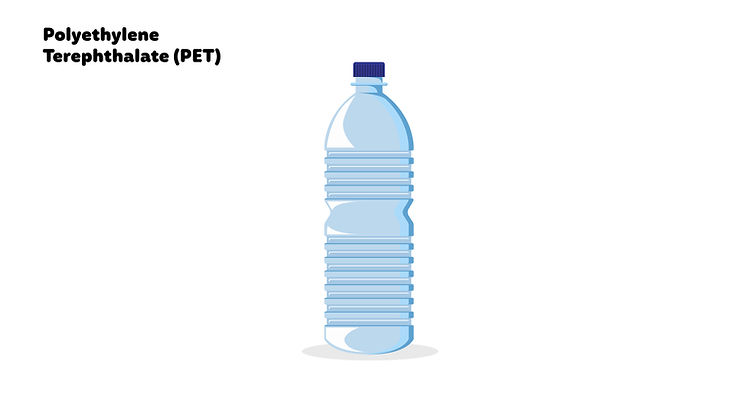
- Role: The go-to for textiles, bottles, and many containers.
- Manufacturing Process: Derived from a condensation polymerization of ethylene glycol and terephthalic acid. The process demands precision, with the molecular weight defining its properties.
- Combinability: Often co-polymerized for varied properties.
- Example: PETG, a modified form, offers enhanced clarity and toughness.
- Pros: Clarity, strength, excellent barrier properties for beverages.
- Cons: Recycling challenges due to mixed material use.
- For Inventors: The go-to if you’re exploring the beverage container market, clear packaging, or textiles that need strength.
Polycarbonate (PC)
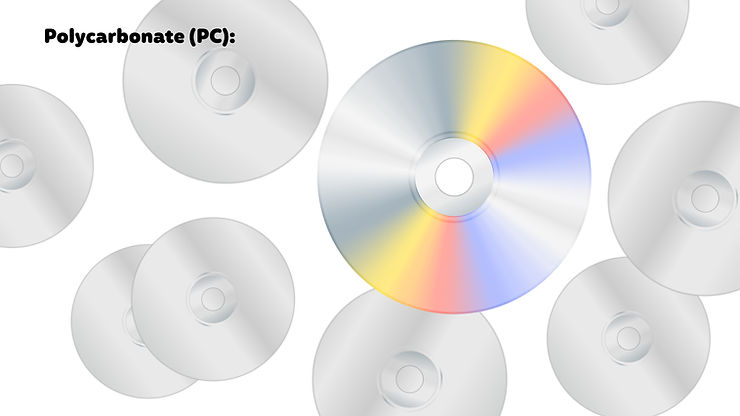
- Role: Pervasive in eyewear, optical media, and electronics.
- Manufacturing Process: Made by reacting bisphenol A with phosgene in a step-growth polymerization process.
- Combinability: Often alloyed with other plastics like ABS.
- Example: Electronics casings often capitalize on PC/ABS blends.
- Pros: Crystal clear, robust against impacts.
- Cons: Scratch-prone, health concerns around BPA.
- For Inventors: A prime choice if you’re considering designing optical devices, impact-resistant eyewear, or transparent electronics cases.
Polyurethanes (PU)
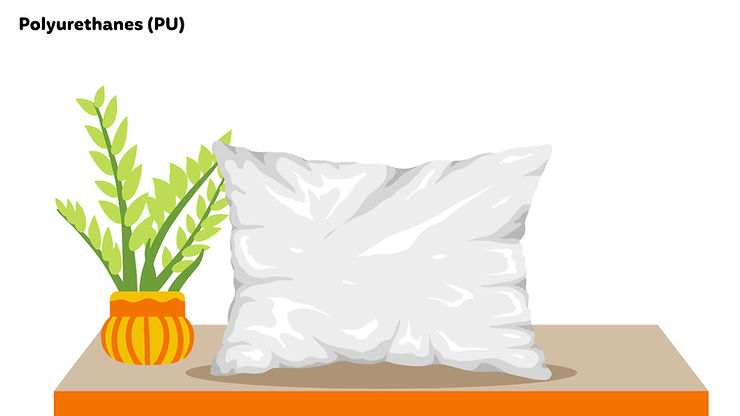
- Role: Integral in foams, insulations, and coatings.
- Manufacturing Process: PU arises from the reaction between polyols and diisocyanates. The type of diisocyanate and polyol used can drastically alter PU’s final properties.
- Combinability: Commonly combined with additives for tailored features.
- Example: Memory foams blend various PUs and additives for comfort.
- Pros: Versatility in form and function, excellent insulation.
- Cons: Can degrade in humid and light-exposed conditions.
- For Inventors: Ideal for those looking into the foam industry, insulation solutions, or protective coatings that demand versatility.
ABS (Acrylonitrile Butadiene Styrene)
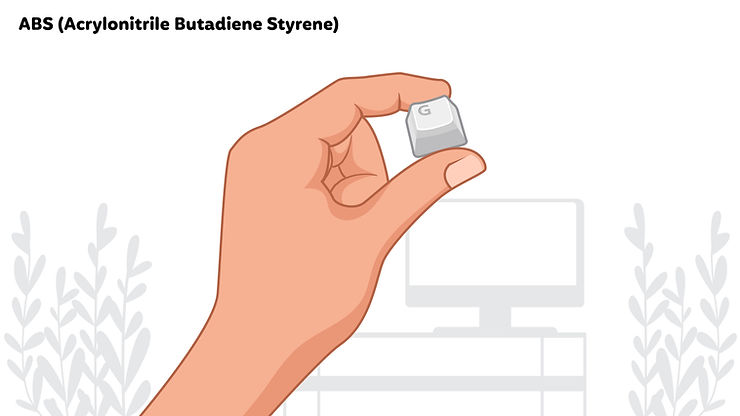
- Role: Central in toys (like LEGO), automotive components, and many consumer goods.
- Manufacturing Process: Emerges from copolymerization of acrylonitrile, butadiene, and styrene. Each component imparts unique properties: acrylonitrile offers chemical and thermal stability, butadiene adds toughness, and styrene gives rigidity and processability.
- Combinability: ABS melds well with other polymers for enhanced performance.
- Example: Computer casings use ABS for aesthetics and durability.
- Pros: A fine balance of properties – tough, durable, and aesthetically versatile.
- Cons: Can warp under specific conditions, not UV resistant.
- For Inventors: Consider ABS if you’re thinking of toys that can withstand play, automotive interiors, or consumer goods that require aesthetic appeal combined with durability.
Polyether Ether Ketone (PEEK)
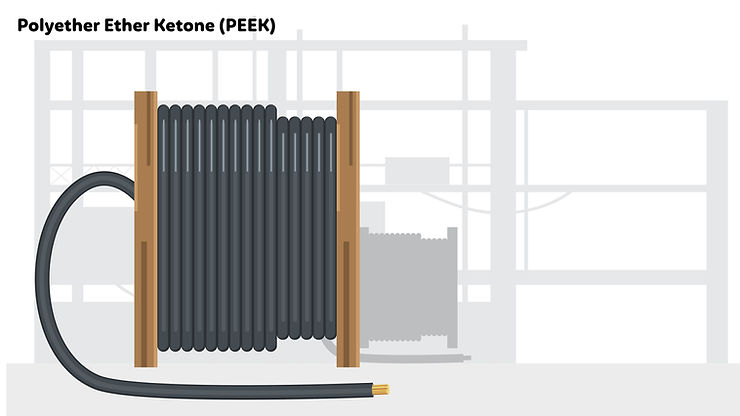
Role: A pillar in demanding sectors like aerospace and medical.
- Manufacturing Process: PEEK is synthesized through step-growth polymerization of specific ether ketone monomers. It demands stringent processing conditions to achieve its renowned high-performance properties.
- Combinability: Often enhanced with reinforcements.
- Example: Aerospace parts frequently use carbon-reinforced PEEK for unparalleled strength-to-weight ratios.
- Pros: High thermal resistance, exceptional mechanical properties, and chemical inertness.
- Cons: Pricey in comparison to more common plastics.
- For Inventors: Turn to PEEK if you’re innovating in high-performance sectors, like aerospace components or medical devices requiring strength and temperature resistance.
Why Plastics Matter in Industrial Design & Manufacturing
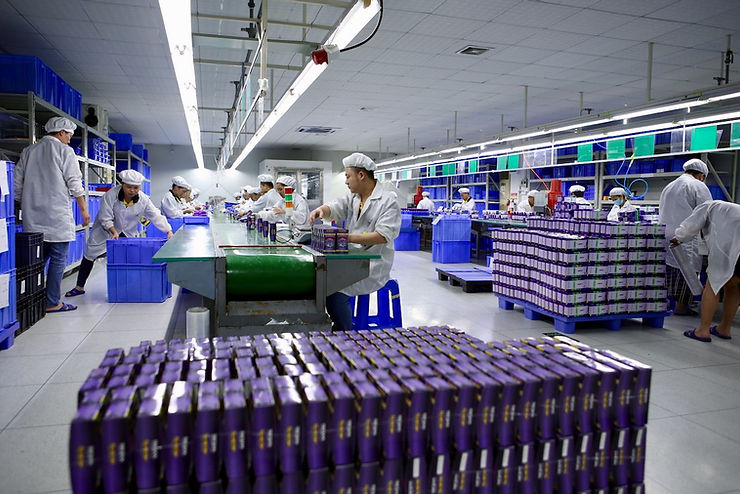
The array of plastics mentioned underscores the material’s versatility. But why are they foundational in industrial design and manufacturing?
1. Customization: Plastics can be molded, extruded, cast, and blown into virtually any shape, allowing designers freedom and flexibility in their product designs.
2. Cost-Effectiveness: Plastics often provide a cheaper alternative to metals and ceramics, without compromising on product performance.
3. Weight Reduction: Especially in industries like automotive and aerospace, the lightweight nature of plastics can significantly reduce energy consumption.
4. Durability and Longevity: Plastics resist corrosion, making them ideal for applications where durability is critical.
5. Sustainable Solutions: As research continues, bioplastics and recycled plastics are emerging, offering more environmentally friendly options. For a tangible understanding of how these materials revolutionize real-world products, we invite you to explore our extensive portfolio. From everyday items to specialized components, explore the potential of plastics in modern design and manufacturing.

